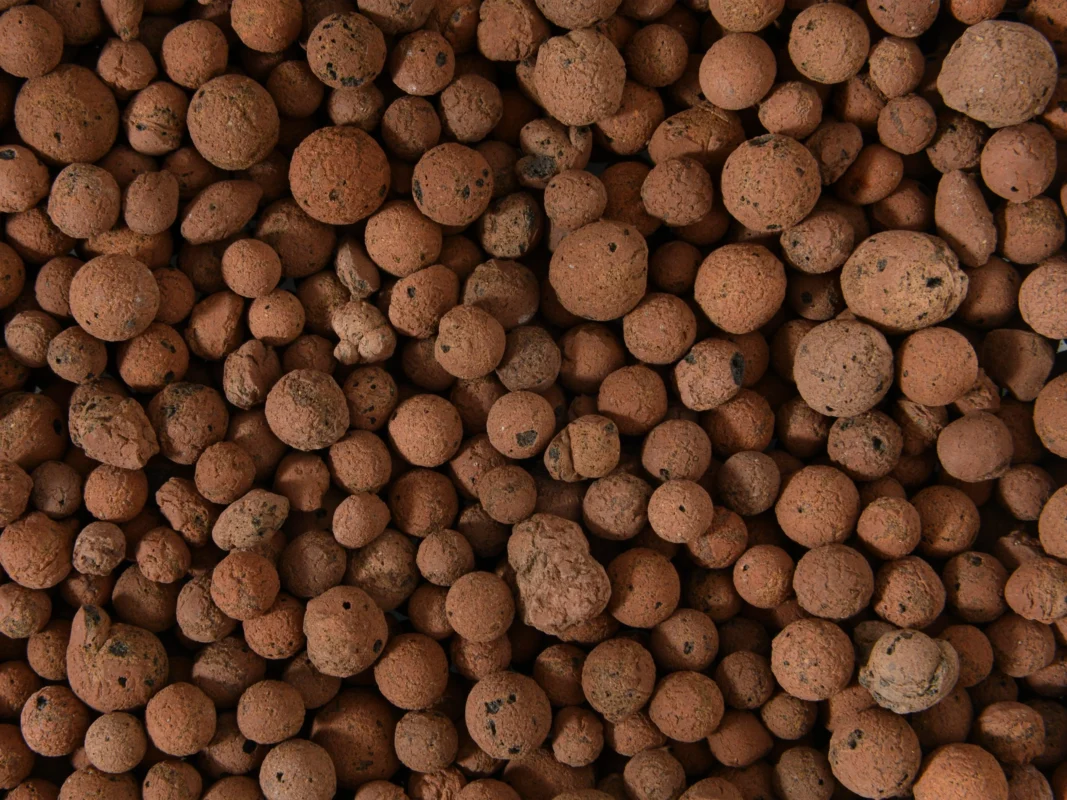Propagation Media
An Insight Into Clay Pebbles
Clay pebbles, also known as Hydroton or LECA (Lightweight Expanded Clay Aggregate), are a type of hydroponic growing medium made from small clay pellets. They are produced by heating clay to over 2,000 degrees Fahrenheit in a rotary kiln, which causes the clay to expand and become porous while retaining its shape. This process not only makes them lightweight but also perfect for holding both moisture and air—a critical balance for the healthy growth of plants.
What Makes Clay Pebbles Stand Out?
Material and Making: Crafted from 100% natural clay, these pebbles are environmentally friendly and inert, containing no harmful substances or chemicals. Their creation process ensures a stable, pH-neutral medium that won’t deteriorate over time.
Versatility: One of the significant advantages of using clay pebbles is their adaptability. They can be used as a standalone medium or mixed with other growing media to improve aeration and drainage, making them ideal for various hydroponic systems, including ebb and flow, deep water culture, and drip systems.
Why Should You Use Clay Pebbles?
1. Enhanced Root Health: The porous nature of clay pebbles allows for excellent oxygenation and moisture retention around the roots, promoting healthier plant growth. 2. Reusability and Sustainability: Unlike some hydroponic media, clay pebbles can be cleaned and reused multiple times, reducing waste and offering a cost-effective solution for long-term gardening. 3. pH Neutral: Their neutral pH means that clay pebbles do not affect the acidity or alkalinity of the nutrient solution, allowing for more straightforward nutrient management.
Can They Be Used with Other Growing Media?
Absolutely. Mixing clay pebbles with other growing media like coco coir, peat moss, or soil can enhance drainage and aeration, providing an optimal environment for root development. This versatility makes them a popular choice among hydroponic and traditional gardeners alike.
Advantages and Disadvantages
Advantages:
- Improved Drainage and Aeration: Ensures roots receive the right amount of water and air.
- Disease Prevention: Their inorganic nature makes them resistant to mold and fungus.
- Ease of Use: Lightweight and easy to work with, whether you’re setting up a new garden or maintaining an existing one.
Disadvantages:
- Initial Rinse Required: Before their first use, clay pebbles often need to be rinsed to remove dust that can clog systems.
- Dry Out Risk: In systems that fail, clay pebbles can dry out quickly, risking plant stress or death if not promptly addressed.
- Environmental Concerns: The production of clay pebbles involves high-temperature processes and strip mining, which some may find environmentally unfriendly despite their reusability.
Conclusion
Clay pebbles offer an efficient and versatile option for hydroponic gardening, providing numerous benefits such as enhanced root health, reusability, and ease of use. While there are some considerations to keep in mind, such as the need for initial rinsing and the risk of drying out, the advantages they bring to hydroponic and mixed-media gardening often outweigh the disadvantages. Whether you’re a seasoned hydroponic gardener or just exploring the possibilities of soilless cultivation, clay pebbles can be a valuable addition to your gardening toolkit.

